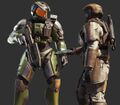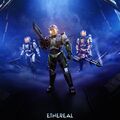Chronique:Canon Fodder - Digsite Dissection
ISSUE 143
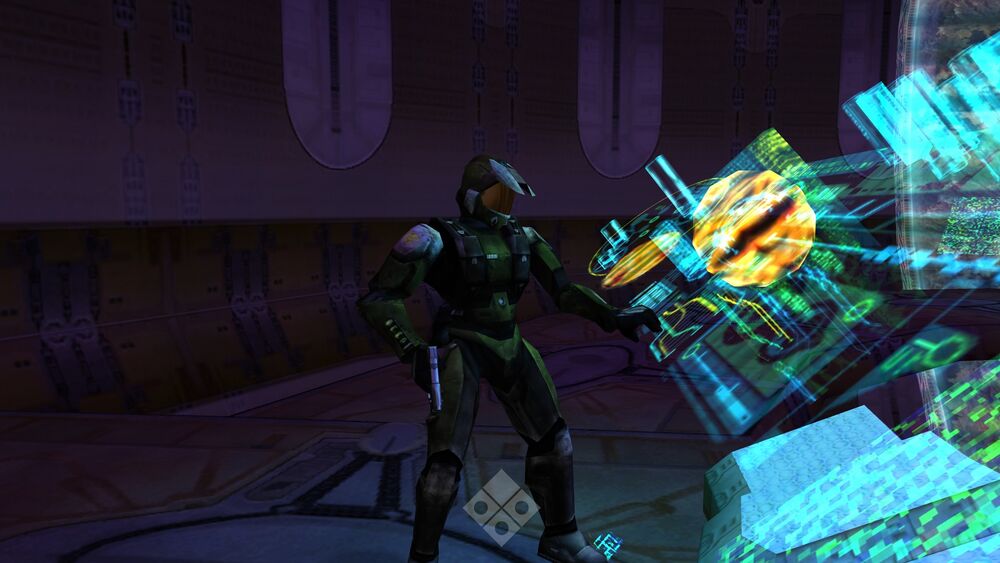
Alex Wakeford
7/28/2023
Welcome back to your monthly installment of Canon Fodder, where we’ve got a delicious Digsite special for you today!
For those of you who may be unfamiliar: Digsite is a partnership between us here at 343 Industries and an intrepid group of community modders, working to restore old content from the cutting room floor of previous Halo games for folks to play on PC.
In 2022, we released a three-part blog series exploring various pieces of cut content in the process of restoration and recreation.
Check out the full range of Digsite-related articles below:
- CUTTING ROOM FLOOR – Learn more about the cut content being restored by the Digsite team.
- CUTTING ROOM CORPS – Meet some of the fine folks working to restore this lost history.
- CUTTING ROOM LORE – Our first Canon Fodder exploring how certain Digsite elements are incorporated into the Halo universe.
- DIGSITE DELIVERIES (CUTTING ROOM GALORE) – Get the debrief on what content you can experience with the Digsite R1 drop alongside the July 2023 content update.
- DIGSITE DISCOVERIES (CUTTING ROOM MORE) – Find out about future Digsite content in the process of restoration for future releases.
Think of this issue as “Cutting Room Lore, Part 2,” where we explore some more Digsite elements and how they are incorporated into the Halo canon.
And for those of you out there who are looking to get your hands on the Digsite content on MCC for PC, check out the links below. All you have to do is hit “subscribe,” boot up MCC with anti-cheat disabled (you’ll get this option when launching the client), and then simply head to the relevant campaign or multiplayer menu to jump into these maps and missions!
- Crash Site mission, via Steam Workshop
- The Excavated Map Pack (Halo: CE), via Steam Workshop
- The Digtacular Map Pack (Halo 2), via Steam Workshop
With all that said, let’s dig into some lore—and I think I know the perfect place to start…
"Slugmen"[modifier le wikicode]
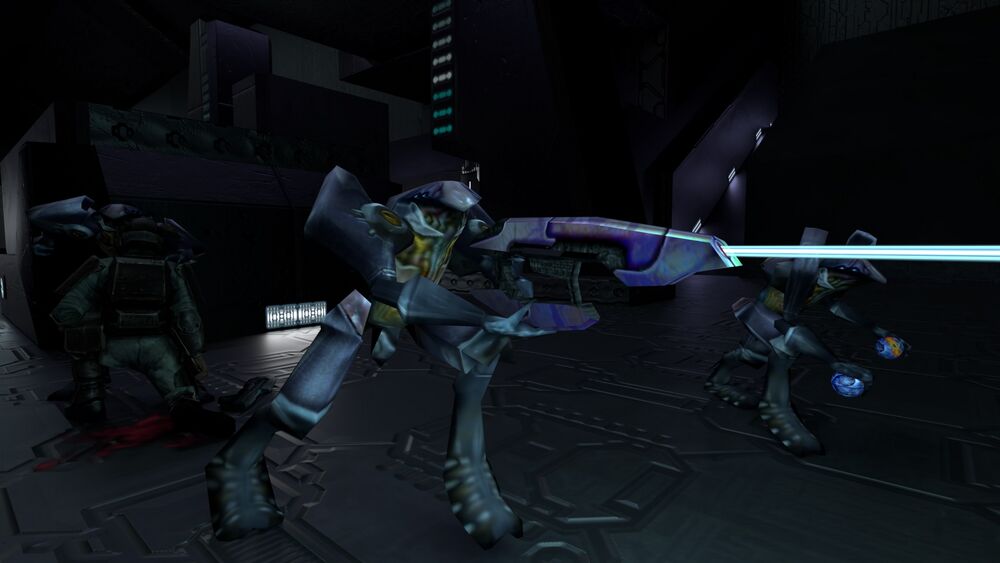
An enigma to the UNSC and rarely encountered even by other Covenant at the height of their empire, full records of the "Slugmen" were lost with the fall of High Charity. What little information does remain suggests they were a "pruned family" of Lekgolo gestalts cultivated and exploited by the San'Shyuum for tasks which took them far from the capital-station. Only in a few cases did the Prophets assign these strange beings to augment Sangheili military and exploration groups, where they served as agile support and special-purpose sniper units—replacing a role more commonly played by Kig-Yar.
Adsk-pattern Shadow[modifier le wikicode]
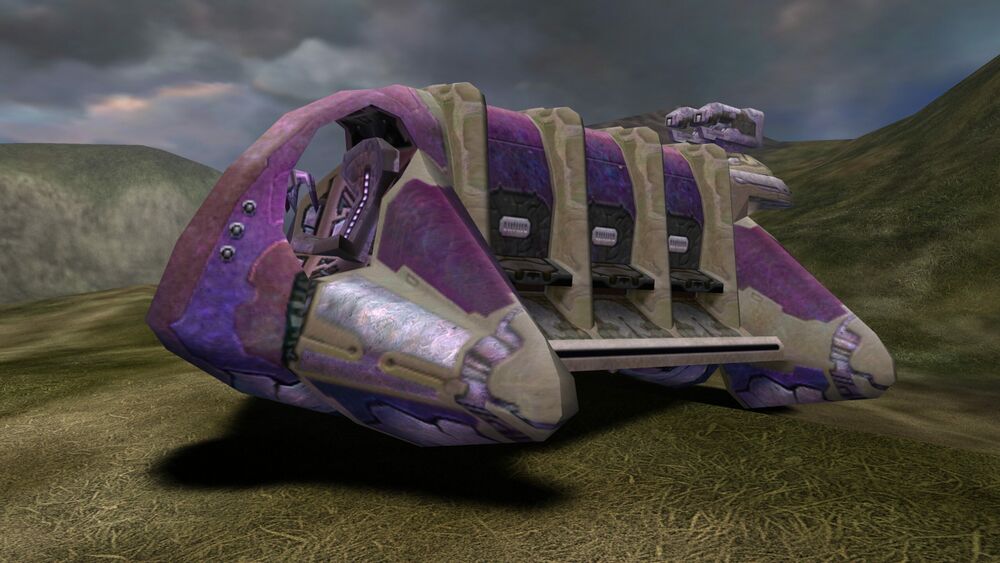
MANUFACTURER: Assembly Forges
CREW: 1 pilot + 1 gunner + 6 passengers
LENGTH: 36ft (10.9m)
WEIGHT: 69.75 tons (63.3 tonnes)
ARMAMENT: 1x plasma cannon
Older in design but newer in manufacture than most Shadows encountered during the Covenant War, the Adsk-pattern Shadow occupied a peculiar niche as a land-based troop transport for an army almost exclusively deployed via dropships and landing barges.
UNSC forces never knew exactly how it would be encountered, as no two Covenant armies seemed to use it in the same way. In most battles, it was usually employed in a straightforward and logical manner as a “battle bus,” moving troops close to the line of contact and providing effective fire support with its twin plasma cannons, but in other encounters it would be thrown against prepared human defenses with no infantry support at all. Sangheili rarely used the vehicle, which may indicate that its haphazard usage was simply due to lack of experience with its capabilities and weaknesses.
Wukrshuz-pattern Particle Rifle[modifier le wikicode]
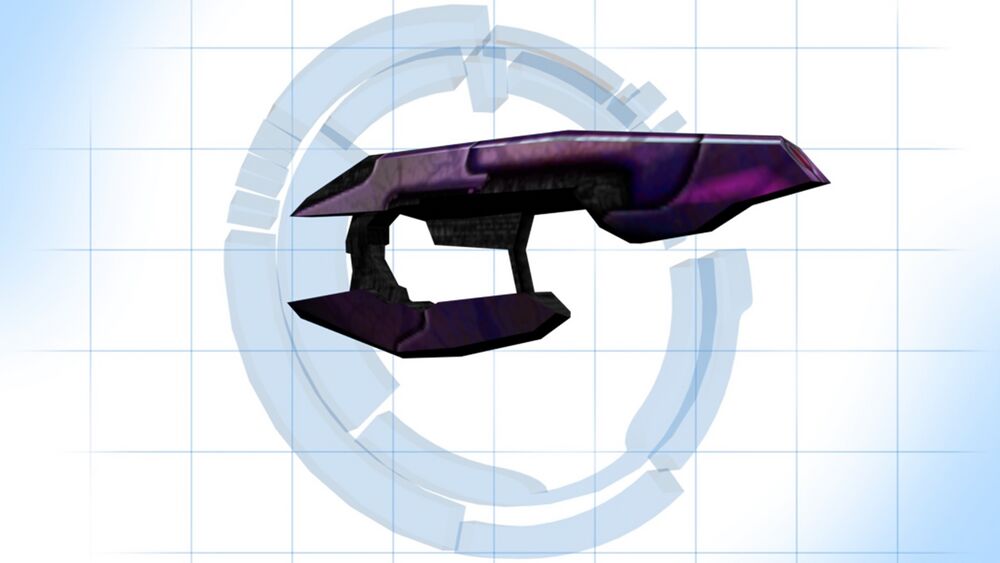
San’Shyuum artisan-armorers made periodic attempts to refine Sangheili particle beam weapon technology into a form which more closely resembled the weapon-artifacts left behind by the Forerunners over the centuries—often with unfortunate compromises to both safety and lethality.
One of the few experimental San’Shyuum designs that found favor among the warrior orders was the Wukrshuz-pattern, which quickly gained a fearsome reputation as an instrument of divine ferocity among those tasked with cleansing fetid hives of the parasite. Their effectiveness required time-consuming replication of delicate mechanisms and carefully choreographed safety rites, so only favored individuals and units were granted stocks. Among these favored individuals were Prelates and elite Stewards ordained by the High Prophets.
M808B2 Sun Devil[modifier le wikicode]
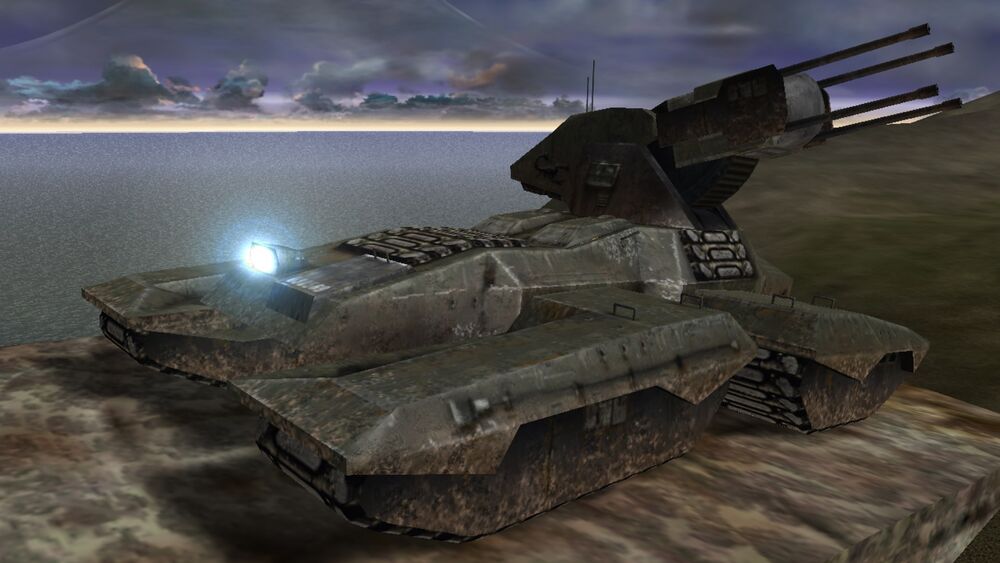
In UNSC service, the Sun Devil is an air defense turret paired with the Scorpion tank chassis, designated M808B2. The turret itself is an integrated system with four 40mm autocannons and a target acquisition radar. The Sun Devil and Scorpion combination was intended to provide close-range air-defense for tank groupings, but it is most famous as an anti-personnel weapon. Sun Devils continue to be a feared symbol of UNSC brutality and are prominently featured in Insurrection propaganda to the present day.
The Sun Devil was closely associated with Marine Corps peacekeeping operations at the height of the Insurrection, but most of these vehicles were transferred to Army service during the Covenant War. It was highly effective against relatively slow-moving Banshee ground support aircraft, particularly when paired with SPNKr- and STMPr-armed infantry.
M808B3 Tarantula[modifier le wikicode]
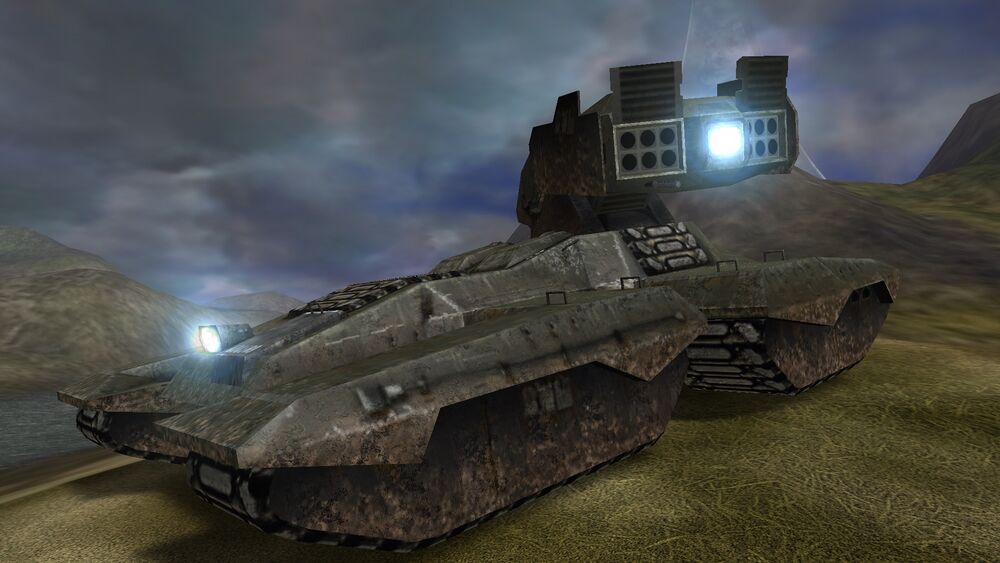
For heavy fire support tasks, the M808B3 Scorpion variant possesses two pods mounted on either side of the turret that can fire clusters of hypervelocity Scimitar rockets.
The Tarantula’s ineffectiveness against Covenant forces and reduced mobility meant that most B3s were converted back to standard B models. Misriah resurrected the Tarantula concept in 2540 to evaluate the use of older Scorpion hulls for heavy tank destroyers and MLRS bombardment launchers. The version shown here was a hybrid, with twelve launch tubes and ability to use SPNKr-compatible direct-fire heavy rockets or fire-and-forget guided missiles.
Vulpard[modifier le wikicode]
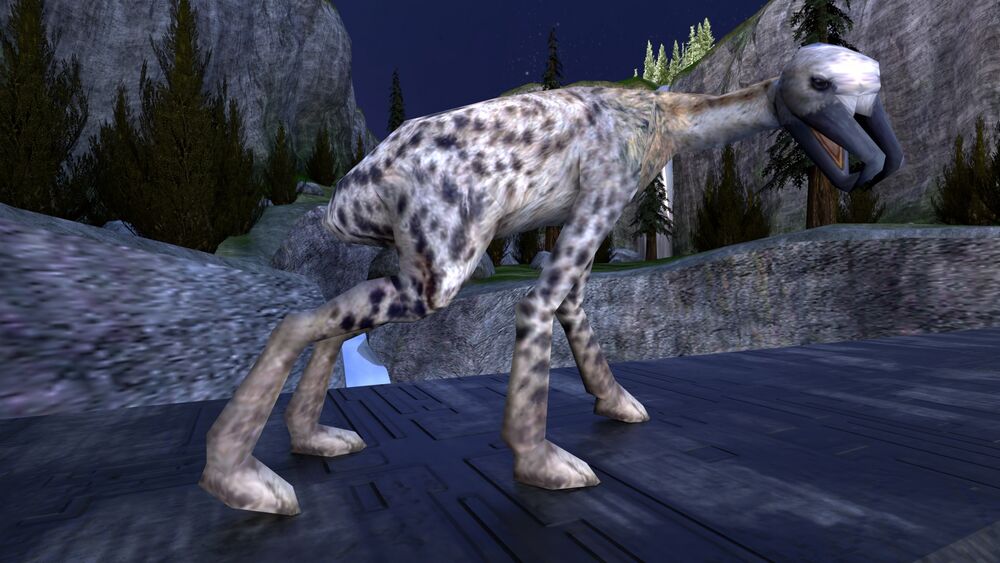
Forerunner installations are home to countless living creatures residing within their vast preserves, and humanity has been able to observe and categorize only a tiny fraction of this diversity.
The vulpard first appeared in data saved by Cortana during the Alpha Halo conflict. Covenant records refer to the creature by the name of zavfaraa, indicating familiarity with the creature at other non-ring locations.
The common nickname "vulpard" is due to its superficial resemblance to Terran vultures (with its hooked beak) and a leopard (felinoid body and spots in most recorded populations). Genetic analysis has confirmed it is not related to any Earth creature, but has revealed unusual—and likely artificial—DNA sequences shared by the quadwing (rangmejo).
S-930 Strike Fighter[modifier le wikicode]
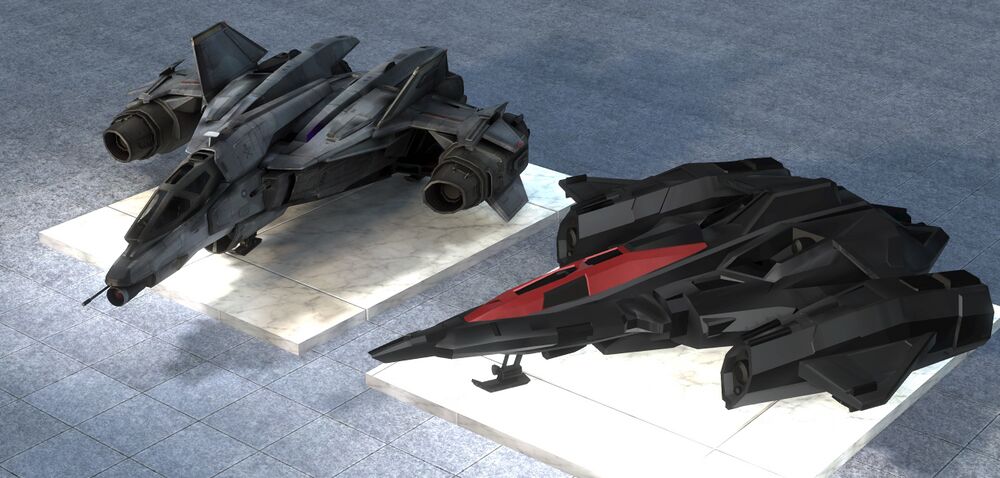
MANUFACTURER: SinoViet Heavy Industries
CREW: 1 pilot + 1 weapons officer
LENGTH: 72.8ft (22.2m)
WIDTH: 30.8ft (19.4m)
HEIGHT: 18ft (5.5m)
WEIGHT: 37 tons (37.6 tonnes)
ARMAMENT: 2x M90A 30mm gauss cannons, 2x M11B nonlinear cannons, 2x M4370 Medusa missile pods, 2x multi-mission weapon bay
These statistics reflect the "stripped down" Pegasus as built on Tribute since the end of the Covenant War.
The Pegasus strike fighter was developed as a competitor to the Saber for the UNSC's Emergency Defense Fighter initiative, a late-war attempt to adapt newly reverse-engineered Covenant technologies for orbital and close-orbit defense interceptors.
Ushuaia Armory was paired with Misriah Armory for Saber development, while the Pegasus project was led by SinoViet, with Chalybs Defense Solutions as a junior partner. Sixteen prototypes were built for the project, with nine rated as "combat ready" in early 2552 to match up against the Saber. These nine prototypes were lost in the defense of Tribute.
The Saber ultimately emerged as the winner of the EDF competition for UNSC Navy service, but a simplified version of the Pegasus remained in production for "evaluation" by Tribute's defense forces. It was tentatively selected for future adoption by the UNSC Air Force to replace its inventory of S-14 Baselards in 2570, but disruptions caused by the Created uprising has made that impossible for the time being.
Digsite Drawings[modifier le wikicode]
Over the course of the last year, it’s been absolutely incredible to see the impact that Digsite’s work has had. As such, we wanted to collect and spotlight some community creations here.
Shoutout to Callado300, Silent1Meow, EtherealEOD, HaleTungsten, OfB3autyNRage, mrgruntington, and griffvfx for these fantastic pieces! Keep tagging us with your Digsite fan art, we absolutely love to see it.
Digsite Fan Art[modifier le wikicode]
Shippable[modifier le wikicode]
Speaking of which, we’ve got a new UNSC warship that we’re debuting in this issue of Canon Fodder, with visuals thanks to our friends working on the Sins of the Prophets mod experience.
The archived details of the Able-class heavy destroyer did not make it into Halo Warfleet as originally intended, and so we thought this would be a good opportunity to give it a formal introduction.
Able-class Heavy Destroyer[modifier le wikicode]
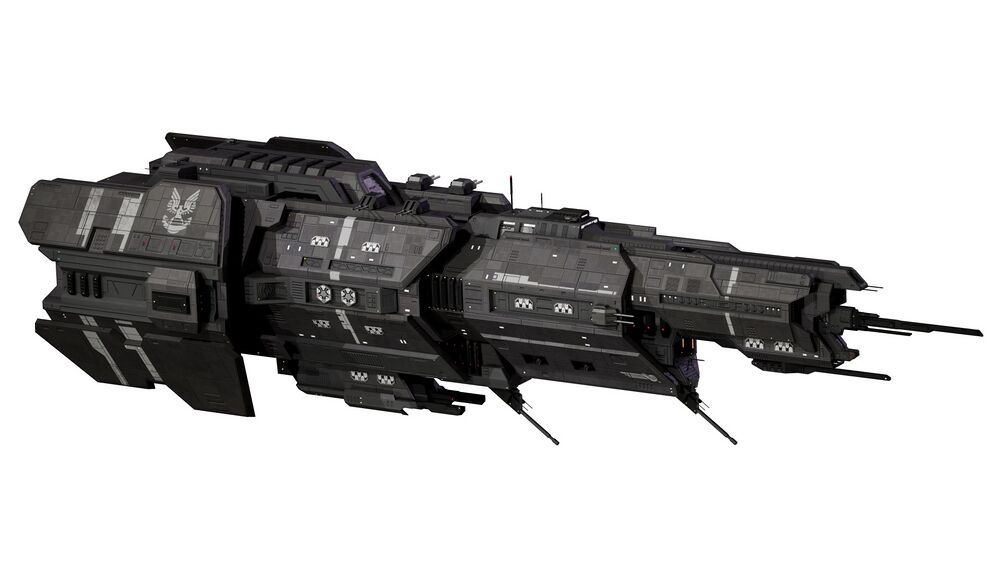
ENTERED SERVICE: 2490 (2525 refit)
MANUFACTURER: SinoViet Heavy Machinery
HULL CODE: DDG (Heavy Destroyer)
ROLES: Attack, escort
CREW: 250 Navy or CMA Navy
TROOPS: 150 UNSC Marines or CMA Infantry
LENGTH: 2,126ft (648m)
MASS: 2.3 million metric tons
MANEUVER DRIVE: 4x TANITH TKOFZ-2 Fusion Rockets (primary)
TRANSLIGHT ENGINE: Kawanishi Engineering SED-2450 (Series III CODEN)
ARMAMENT: 1x 5D8F6 MAC; 6x M66 Sentry naval autocannon turrets; 20x M58 Archer missile pods; 4x M96 Howler missile pods; 8x M870 Rampart point defense guns
COMPLEMENT: None
Used by both the Colonial Military Authority and UNSC Navy, the Able-class heavy destroyer was a compromise between frigates and cruisers that took advantage of new technologies and expanded budgets to push naval architects in revolutionary new directions.
The Able-class was never fielded in large numbers and was a footnote in most Insurrection campaigns. One example, however, the UNSC Gorgon*, had a much more storied role in the early days of the Covenant invasion, where its firepower proved decisive in initial engagements. Though most Able-class destroyers were lost in the first major fleet actions of the Covenant War, a few did survive in the Home Fleet until 2552, where they fought to the last in orbit above Mars.
Sins of The Prophets - Able-class Heavy Destroyer[modifier le wikicode]
- The history of the Gorgon is depicted in the Halo: Evolutions short story "The Impossible Life and Possible Death of Preston J. Cole."
IMPOSSIBLE ORIGINS
Let’s throw it over to the Sins of the Prophets team to cover the origins of this able vessel and the process of bringing it to life:
For Sins of the Prophets, once we heard from Kenneth Peters (Senior Franchise Writer at 343) that the Able-class was attached to the famed UNSC Gorgon, we had two main art goals in mind: pay homage to existing UNSC ship designs, and create a design lineage that seamlessly connects to the Halberd and Hillsborough classes.
For the concept exploration, we drew upon a collection of ship designs by talented artist TacitAxiom. Our own Lead Artist Mal worked closely with Tacit to refine the ship's angular and 'mean' silhouette, while further consultation with Ken was used to breathe life into the ship's gameplay role and function within the UNSC fleet.
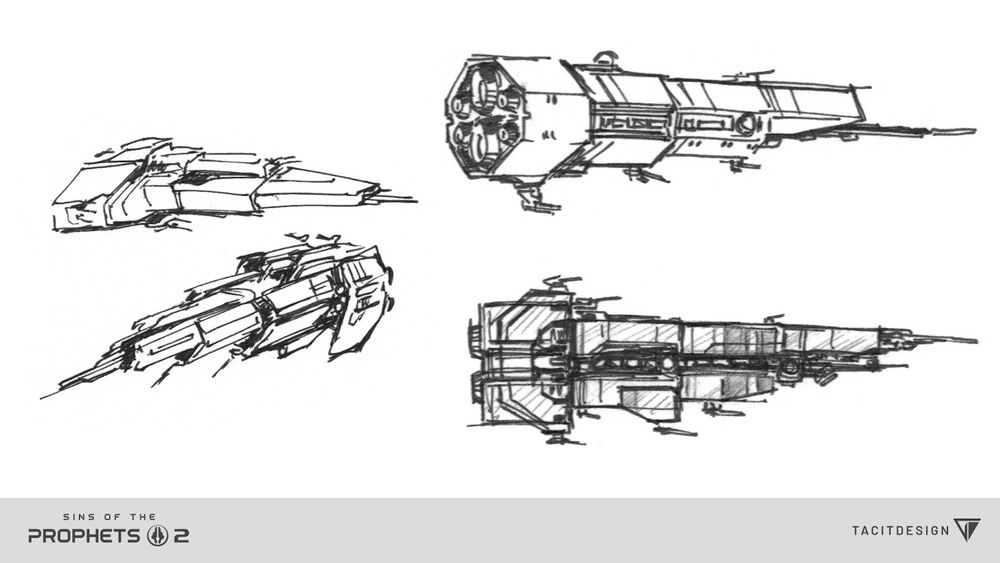
Outcast Inbound[modifier le wikicode]
Halo: Outcasts, the next novel by Troy Denning, is just over a week away from release!
We’ve released previews of the first two chapters of the book thus far, which you can check out below in text and audiobook formats.
Arbiter Thel ‘Vadam, Usze ‘Taham, N’tho ‘Sraom, and Kola ‘Baoth are halted by Cortana’s occupying armiger forces on Sanghelios.
The Arbiter returns to Vadam Keep where he is visited by a new character who is pivotal to the story of Outcasts—Oath Warden Crei ‘Ayomuu.
A third and final preview will drop out of slipspace on August 1, following Spartan Olympia Vale as she heads to Gao in order to recruit an individual who has valuable knowledge and experience of Netherop, or N’ba—the so-called “world of death” in Sangheili parlance.
Halo: Outcasts releases August 8 and is available in trade paperback, ebook, and unabridged audiobook formats.
Arby's Mojo Dojo Casa Keep[modifier le wikicode]
On the subject of previews, yes, that was indeed a new piece of art we included in Chapter 2 depicting the state of Vadam for the very first time.
First introduced in 2008’s Halo: The Cole Protocol, the state of Vadam has been a central location for many of the events that have taken place on Sanghelios over the years.
The lineage of Vadam was founded by a distant ancestor during the first exploratory age of the Sangheili, when their ships sailed the vast and treacherous oceans that were subject to the tidal whims of multiple suns and moons that the planet danced with.
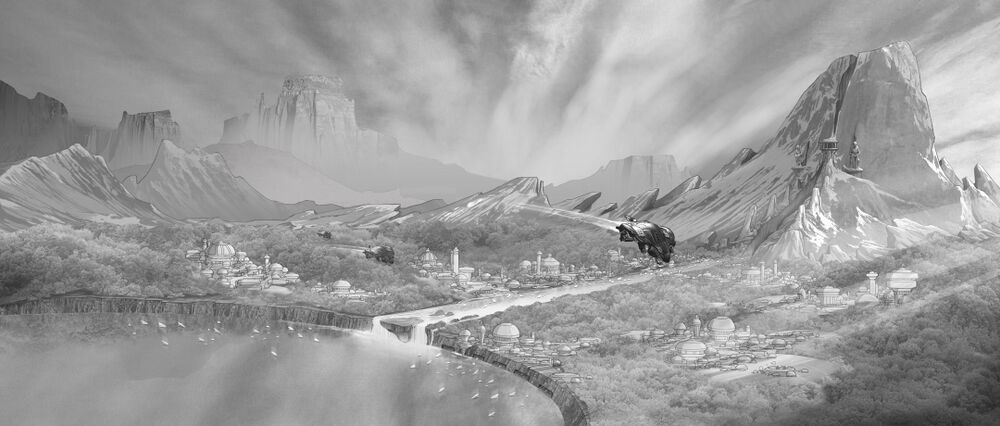
During the War of Beginnings, even the San’Shyuum were unable to destroy Vadam, where its warriors took shelter in the crags and cliffs of the surrounding mountains. And in the millennia that followed, many great Sangheili built up the power and prestige of the Vadam name, each one contributing their chapter to the Vadam Saga. And since his youth, Thel ‘Vadam has sought to be the most renowned of all his family line—a detail that does not go unnoticed by the Oath Warden.
Descriptions of Vadam over the years have been generally sparse, but across The Cole Protocol, The Thursday War, and Hunters in the Dark, there are several recurring elements that help paint a vivid picture of the place that our beloved kaidon of unity calls home.
Much like in Halo 5 when we set foot on Sanghelios for ourselves as Fireteam Osiris, it is good to see the home that is being fought for in all its rich historical splendor. Just as we might be galvanized by the sight of what our heroes seek to protect, so too might we sympathize with antagonistic forces through understanding what they have lost.
It was an aerial view of Vadam, something that Parangosky still regarded as a watershed in her life. Sanghelios had been a closed world until the last couple of months. The first limited scans gleaned from Hood’s diplomatic mission were keeping ONI analysts busy, and now the information was rolling in via Port Stanley and BB. The view of Vadam looked almost mundane. There was Mount Kolaar to the right of the image, with the wartlike gray keep on its lower slopes. To the right of frame, the land merged into grass and woods.
Halo: The Thursday War, Chapter 9
The region of Vadam was a valley leading into the harbor, and all the lands, homes, and properties that were a part of it were scattered about. The Arbiter’s keep was a large, castle-like fortress built into the base of the Kolaar Mountain. Usze had seen images of it and even the occasional etching, but had never had the opportunity to visit it firsthand. It was a sprawling vista, and he wondered what it would have been like to grow up in such a glorious area. The white-capped mountains stretched toward the skies of Sanghelios as if they were caressing it, and there were expansive groves of trees all around.
Halo: Hunters in the Dark, Chapter 3
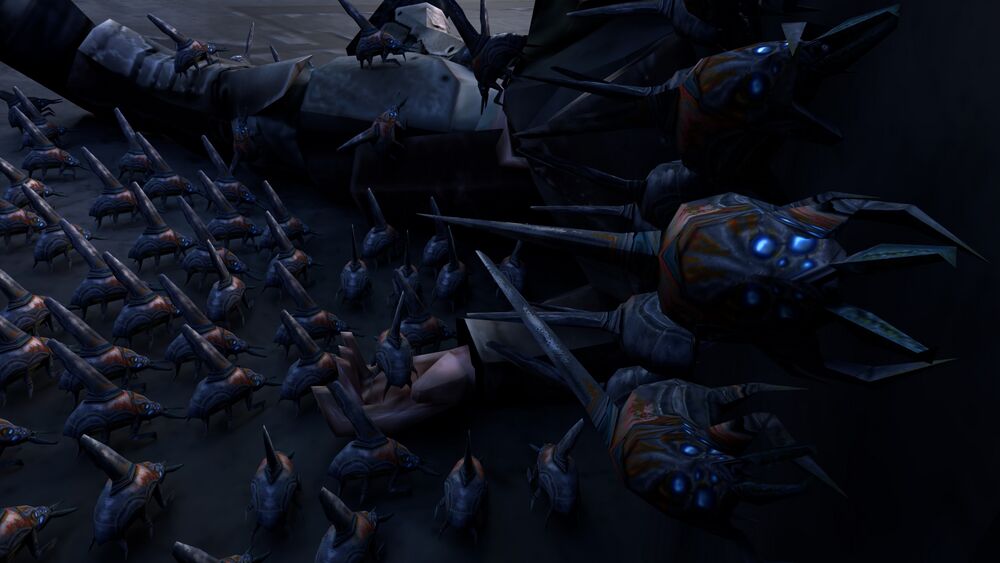
That brings us to the end of this Canon Fodder issue. Between the new Digsite content and the previews for Halo: Outcasts, we hope you’ve got plenty of lore goodness to chew on.
Keep an eye out for that third Outcasts preview when it drops on August 1, and if you haven’t already secured your copy of the book then go ahead, buy one—heck, buy two!
(That’s an order, soldier.)

